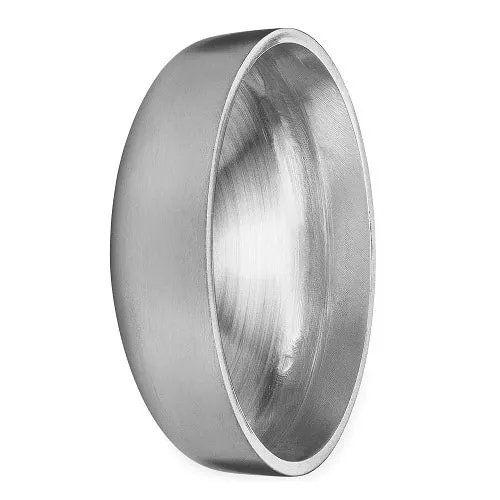-
Cangzhou Yulong Steel Co., Ltd.
-
Phone:
+86 13303177267 -
Email:
admin@ylsteelfittings.com

Dec . 07, 2024 05:15 Back to list
astm a106 gr b material
ASTM A106 Grade B Material An Overview
ASTM A106 Grade B is a standard specification for seamless carbon steel pipe used for high-temperature service and is commonly referred to in various industrial applications, including oil and gas, power generation, and petrochemical sectors. This article explores the composition, properties, applications, and benefits of ASTM A106 Grade B material.
Composition and Mechanical Properties
ASTM A106 Grade B pipe is primarily composed of carbon steel, with specified chemical requirements. The chemical composition includes elements like manganese, phosphorus, sulfur, and silicon. The material typically has a maximum carbon content of 0.26%, with manganese content ranging from 0.60% to 0.90%. The presence of manganese enhances the material’s strength, ductility, and toughness, making it well-suited for high-temperature and high-pressure applications.
The mechanical properties of ASTM A106 Grade B include a minimum yield strength of 35,000 psi (240 MPa) and a minimum tensile strength of 60,000 psi (415 MPa). These mechanical properties ensure that the material can withstand significant stress and strain during service, which is crucial for applications involving high pressure and temperature.
Standards and Compliance
ASTM A106 is part of the ASTM International standards organization, which sets technical standards for a wide range of materials. In particular, ASTM A106 Grade B aligns with the requirements set forth by the ASME Boiler and Pressure Vessel Code, making it suitable for use in pressure vessels and piping systems. Compliance with these standards confirms that the material has been tested and meets specific quality and performance criteria, ensuring its reliability and safety in demanding applications.
Applications
astm a106 gr b material

The versatility of ASTM A106 Grade B steel pipe makes it suitable for various applications. It is widely used in the construction of refinery piping systems, gas transmission pipelines, and petrochemical facilities. Furthermore, it is a preferred choice in power generation plants, particularly in the construction of steam lines and superheater tubes.
Due to its excellent weldability, ASTM A106 Grade B can be easily fabricated into different shapes and configurations, allowing for flexibility in design. This is particularly beneficial in projects that require custom fittings and installation in confined spaces.
Benefits of ASTM A106 Grade B
One of the primary benefits of ASTM A106 Grade B material is its ability to perform under high temperatures and pressures, making it ideal for critical applications. Its high tensile strength and ductility provide a level of safety and reliability that is paramount in service environments where failure is not an option.
Additionally, the seamless construction of ASTM A106 pipes eliminates concerns regarding weld integrity, which can be a point of failure in welded pipes. This seamless design enhances the corrosion resistance and overall longevity of the piping system.
Conclusion
ASTM A106 Grade B material is a reliable choice for high-temperature and high-pressure applications in various industries. Its specific chemical composition, mechanical properties, adherence to stringent standards, and versatility make it a mainstay in projects requiring durable and robust piping solutions. As industries continue to evolve, the demand for reliable materials like ASTM A106 Grade B will undoubtedly remain significant, ensuring that it remains a key player in the field of engineering and construction.
Latest news
-
ANSI 150P SS304 SO FLANGE
NewsFeb.14,2025
-
ASTM A333GR6 STEEL PIPE
NewsJan.20,2025
-
ANSI B16.5 WELDING NECK FLANGE
NewsJan.15,2026
-
ANSI B16.5 SLIP-ON FLANGE
NewsApr.19,2024
-
DIN86044 PLATE FLANGE
NewsApr.19,2024
-
DIN2527 BLIND FLANGE
NewsApr.12,2024
-
JIS B2311 Butt-Welding Fittings LR/SR 45°/90° /180°Seamless/Weld
NewsApr.23,2024
-
DIN2605-2617 Butt-Welding Fittings LR/SR 45°/90°/180° Seamless/Weld
NewsApr.23,2024











